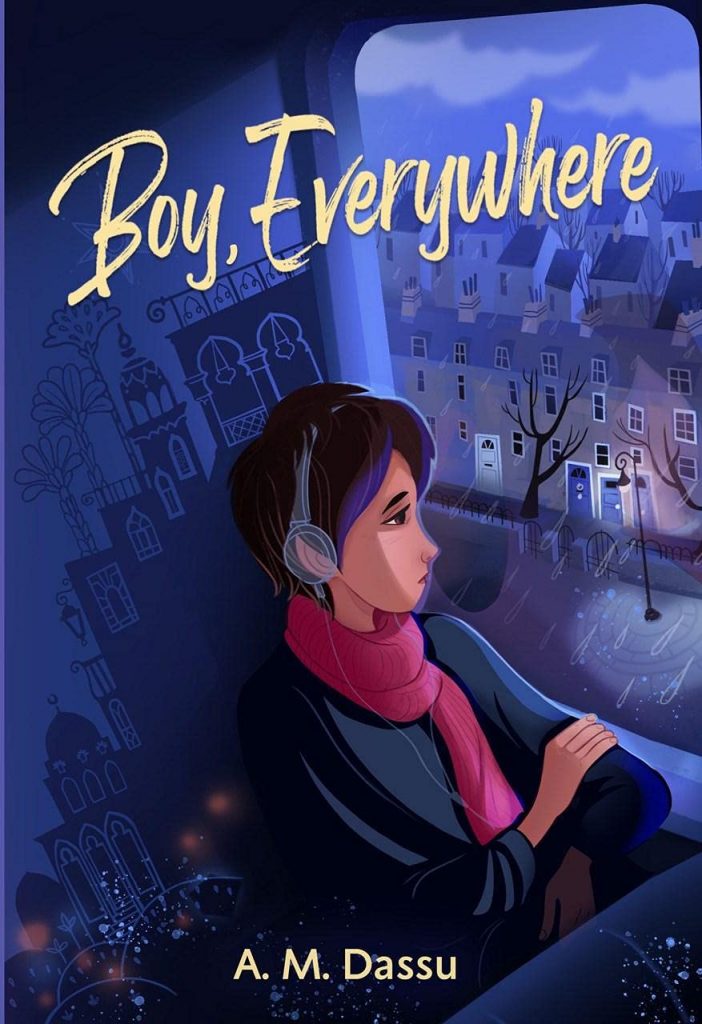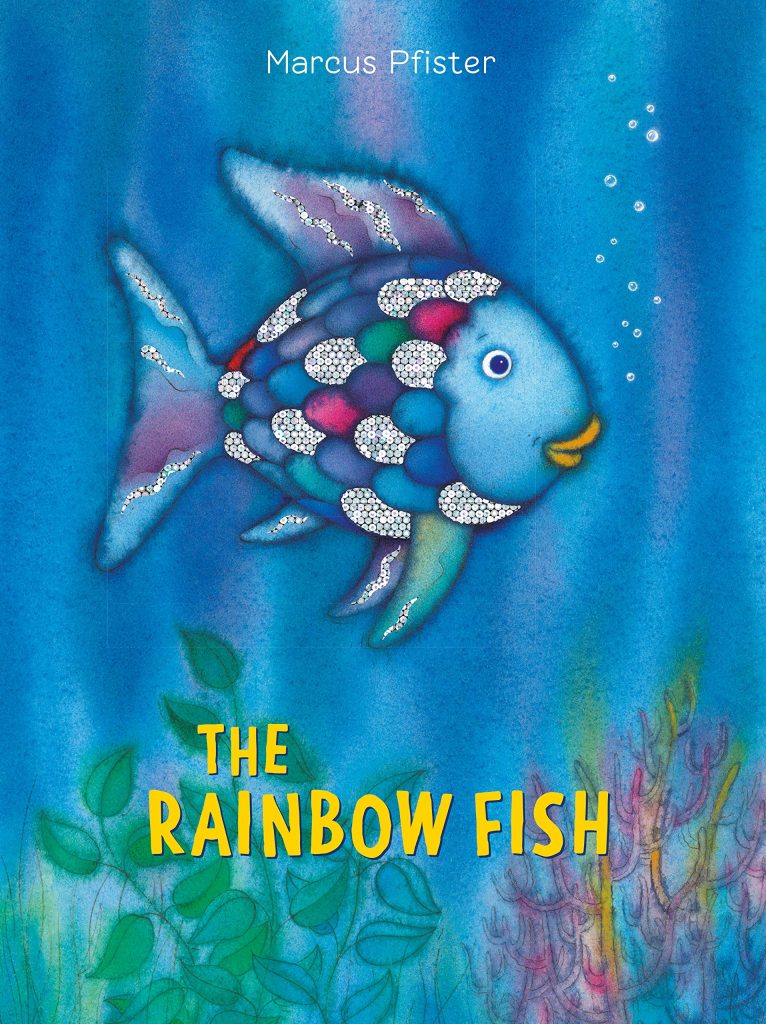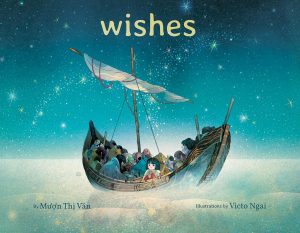By Kathy G. Short, University of Arizona, Tucson, AZ
 This month, WOW Currents highlights the trends in global books published in the U.S. between Summer 2020 and 2021. The list was created by exploring new books and reading reviews to create an update of the K-12 global reading lists, fiction and nonfiction, to post on the Worlds of Words Center website. This update also provides an opportunity to identify trends and patterns across this annual collection of global books. This post overviews these trends and the weekly blogs over the month of September will examine one trend in more depth with examples of books.
This month, WOW Currents highlights the trends in global books published in the U.S. between Summer 2020 and 2021. The list was created by exploring new books and reading reviews to create an update of the K-12 global reading lists, fiction and nonfiction, to post on the Worlds of Words Center website. This update also provides an opportunity to identify trends and patterns across this annual collection of global books. This post overviews these trends and the weekly blogs over the month of September will examine one trend in more depth with examples of books.
One major change to note is that the global lists have been reorganized around themes instead of organized by pairings with classic books. These themes include everyday adventures, strength through relationships, forced journeys, taking action, locating self in the world, and mythology and traditional literature. At the end of each grade level fiction list are several examples of paired novels where teachers can pair a classic novel, such as The Secret Garden, with several pieces of global fiction. In addition, books that are out of print were deleted from the lists.
 Selections of the global books for the lists are identified by consulting global award lists, such as the USBBY Outstanding International Books and Notable Books for a Global Society, and awards focusing on particular regions of the world, such as the Children’s Africana Book Award and the Middle East Book Award, among many others. Throughout the year, global books are identified from review sources and review copies of global books sent to Worlds of Words. To be considered for inclusion, a book must be set in a global culture outside the U.S. or focus on a character who moves between a global culture and the U.S. The book must receive positive reviews and be recommended for educators to consider for classrooms and libraries. Finally, the book must be culturally specific, rather than a generic story where no cultural references or values are evident. Some picturebooks depict animals or children in a generic setting with no obvious connections to a culture’s traditions or values, such as the well-known Swiss book, The Rainbow Fish (Marcus Pfisher, 1999). Others focus on animals or children in a setting that includes cultural artifacts in the illustrations or have cultural values at the heart of the story. The same pattern can be seen in fantasies, with some embedded in the mythology and cultural traditions of global cultures and include characters with strong cultural identities, while other fantasies remain generic.
Selections of the global books for the lists are identified by consulting global award lists, such as the USBBY Outstanding International Books and Notable Books for a Global Society, and awards focusing on particular regions of the world, such as the Children’s Africana Book Award and the Middle East Book Award, among many others. Throughout the year, global books are identified from review sources and review copies of global books sent to Worlds of Words. To be considered for inclusion, a book must be set in a global culture outside the U.S. or focus on a character who moves between a global culture and the U.S. The book must receive positive reviews and be recommended for educators to consider for classrooms and libraries. Finally, the book must be culturally specific, rather than a generic story where no cultural references or values are evident. Some picturebooks depict animals or children in a generic setting with no obvious connections to a culture’s traditions or values, such as the well-known Swiss book, The Rainbow Fish (Marcus Pfisher, 1999). Others focus on animals or children in a setting that includes cultural artifacts in the illustrations or have cultural values at the heart of the story. The same pattern can be seen in fantasies, with some embedded in the mythology and cultural traditions of global cultures and include characters with strong cultural identities, while other fantasies remain generic.
 Some of the trends in the 2021 global books are continuations of trends from 2020, such as more books set in the Middle East, Africa and South Asia, with many of the authors having strong family ties to the global cultures in which their books are set. Another continuing trend are books about refugee experiences with many books portraying contemporary Syrian experiences, such as Boy, Everywhere by A.M. Dassu, and several picturebooks about Vietnamese experiences occurring in the 1970s and 1980s, such as Wishes by Muon Van and Victo Ngai. A new trend in refugee books are books depicting the traumatic experiences of Central American families and children who are detained at the Mexico/U.S. border. In addition, the trend of middle grade fantasies that integrate global mythologies and folklore has continued with increasing popularity as well as historical fiction set in World War II. The trend of contemporary picturebooks in multiple global contexts that depict everyday experiences and concerns continues as well.
Some of the trends in the 2021 global books are continuations of trends from 2020, such as more books set in the Middle East, Africa and South Asia, with many of the authors having strong family ties to the global cultures in which their books are set. Another continuing trend are books about refugee experiences with many books portraying contemporary Syrian experiences, such as Boy, Everywhere by A.M. Dassu, and several picturebooks about Vietnamese experiences occurring in the 1970s and 1980s, such as Wishes by Muon Van and Victo Ngai. A new trend in refugee books are books depicting the traumatic experiences of Central American families and children who are detained at the Mexico/U.S. border. In addition, the trend of middle grade fantasies that integrate global mythologies and folklore has continued with increasing popularity as well as historical fiction set in World War II. The trend of contemporary picturebooks in multiple global contexts that depict everyday experiences and concerns continues as well.
One recent trend is books depicting the movement across borders as families visit the parents’ countries of origin so that their children experience that culture and language. These books highlight the space between cultures where children develop transnational identities and experiences; a space that is increasingly significant given the global mobility of the current world. It’s also significant that these books are not refugee books, but books in which families have immigrated for multiple reasons. The issue is not the trauma of violence and conflict, but identity, language and multiple cultural loyalties for first generation children of immigrants.
In nonfiction, a focus on first-person voices is evident in the number of books that are memoir or are photo essays based in interviews or journals of youth, indicating a valuing of the voices of children. In addition, many collections of biographies of children and adults who are social and environmental activists are appearing, providing demonstrations of the ways youth can take action and indicating that ordinary people can make a difference. Some of these collections are historical and others contemporary. Along with these biographies are information books about the history of protests and marches, providing evidence that resistance takes many forms and has changed the world.
Just as in 2020, series books for young readers that are global are absent, such as easy-to-read books and transition chapter books. Series books play a significant role for readers in Grades 1-4, who need these books for independent reading and to gain reading fluency. The lack of global books is striking given the large number of series books and the many new series introduced each year. The series that are available are typically time travel books, not contemporary.
These trends are discussed in more depth over the next several weeks, along with examples of books that reflect these trends. The 2021 K-12 global reading lists are available on the website and arranged by grade level, K-1, 2-3, 4-5, 6-8, 9-10, and 11-12 and separated by fiction and nonfiction. Separate lists of global poetry and short stories are also available. Each book on these lists includes text complexity information and a short annotation and the most highly recommended books are starred.
Journey through Worlds of Words during our open reading hours: Monday-Friday, 9 a.m. to 5 p.m. To view our complete offerings of WOW Currents, please visit its archival stream.
- Themes: global books, Kathy Short
- Descriptors: Books & Resources, WOW Currents

Was looking for some takes regarding this topic and I found your article quite informative. It has given me a fresh perspective on the topic tackled. Thanks!